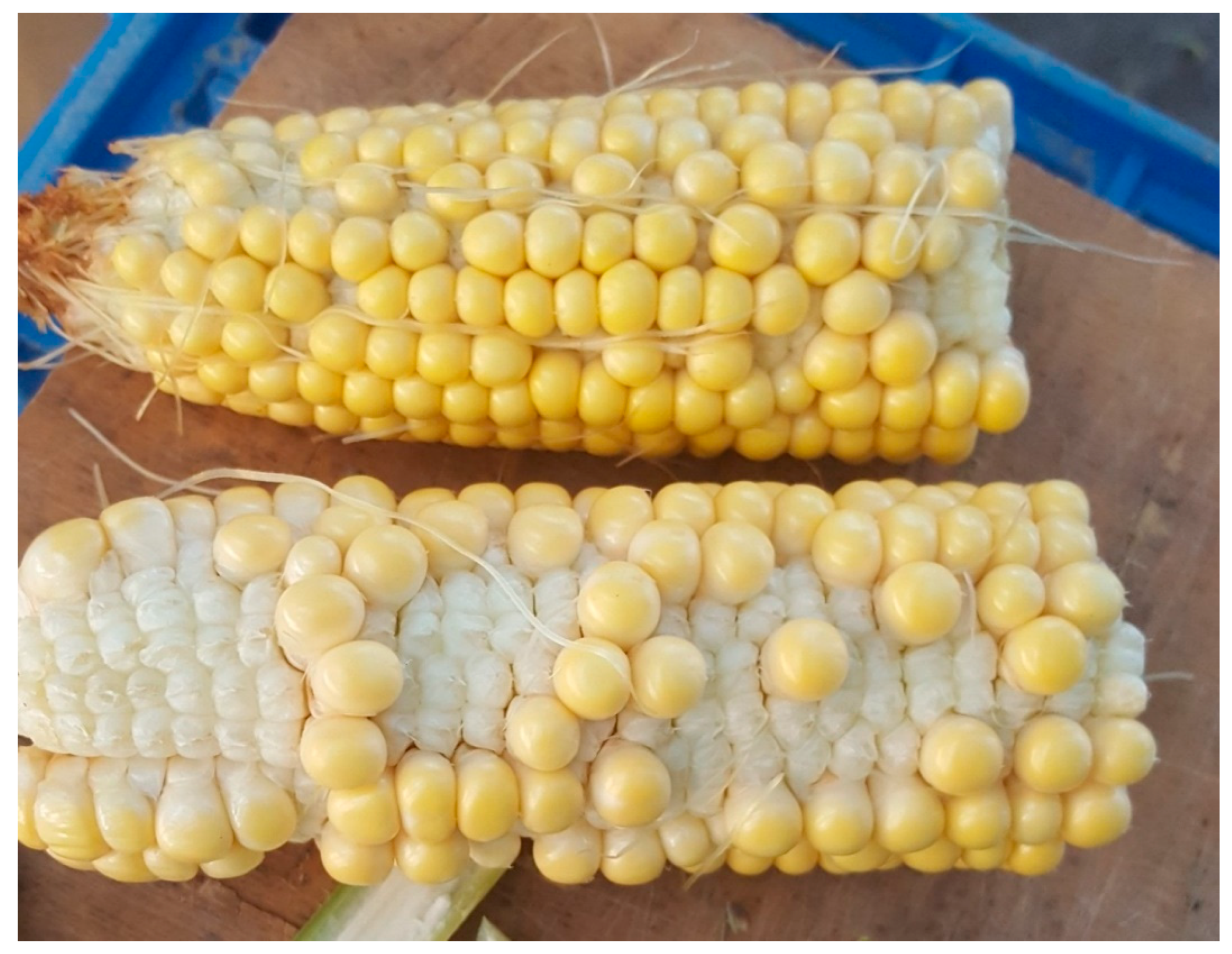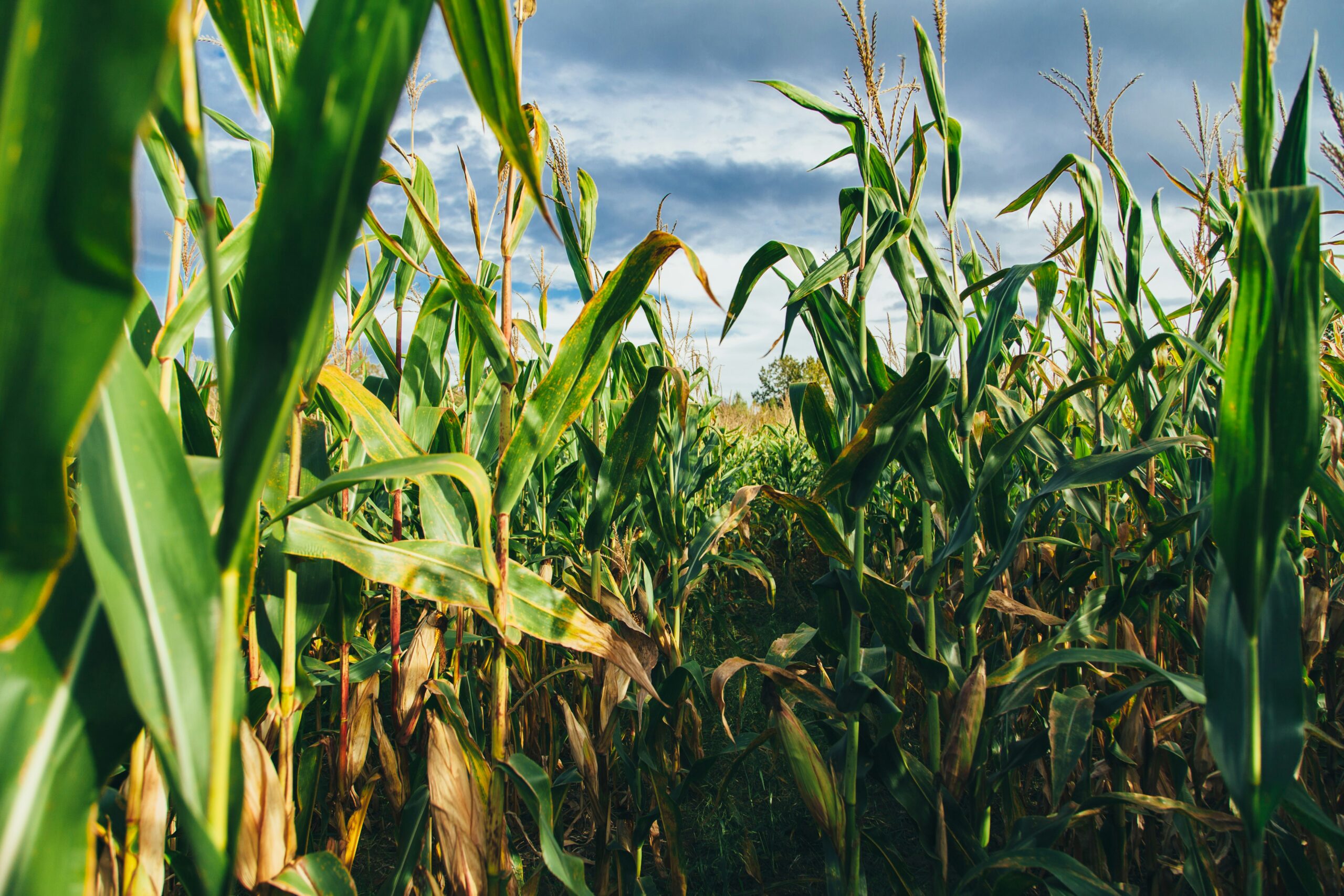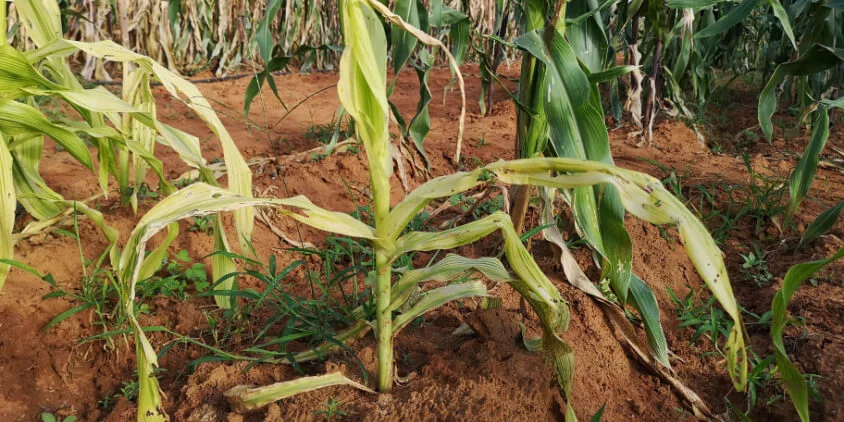Farmers often grapple with the uncertainties of weather extremes, as extreme temperature or rainfall can lead to substantial production losses that impact their livelihoods. For grain crops, sunlight and moderate temperature are essential for maximizing yield at maturity; these conditions facilitate grain filling, and excessive cloud cover can be detrimental during this critical stage. Unfortunately, many grain farmers struggle to adjust to the challenges associated with extreme temperatures due to a lack of access to advanced farming technologies, resources for adaptive strategies, and accurate weather forecasting tools.
Climate change has intensified weather extremes, making it even harder for farmers to plan and manage their crops effectively. To mitigate these risks, farmers are increasingly turning to technology and data-driven solutions to help them make informed decisions about planting and harvesting. Despite these advancements, achieving resilience remains a significant challenge.

Reduced seed setting in maize exposed to heat stress at the pollination stage (©Waqas et al., 2021)
Understanding Temperature Extremes
Extreme temperatures, whether high or low, can severely affect crop health and productivity. High temperatures can cause heat stress, which disrupts photosynthesis, hampers flower development, and reduces fruit or seed production. Crops may also mature too quickly under excessive heat, resulting in lower yields and diminished quality. For instance, grains might not fill out properly, and fruits could ripen prematurely. Additionally, increased evaporation rates from high temperatures heighten water demand, posing further challenges in areas with limited water resources.
Extreme Heat in the Midwest USA
Farming activities in the Midwest USA, a region renowned for its expansive farmland and vital role in the nation’s agriculture, are threatened by extreme heat events. A policy brief, which analyzed 39 years of data from nearly 7,000 farms in Kansas, highlights the severe impact of extreme weather on the Midwest. For instance, the 2012 drought led to over $30 billion in agricultural losses in the region.
The U.S. produces around a third of the world’s corn and soybeans, and more than 80% of those corn and soybeans come from the Midwest, making the region a key node in the global food system. The majority of the farms in the region are run by families and typically span over 300 acres or 120 hectares. Their products include corn, soybeans, vegetables, fruits, tree nuts, berries, and nursery/greenhouse plants. The area is distinguished by its level terrain, rich soils, and high concentration of organic soil.
The Midwest has experienced several heat waves throughout the years, even though the current heat wave threatens to be unprecedented. There were significant, widespread heat waves in the area in 1934, 1936, 1954, 1980, 1995, 1999, and 2011.
Whenever extreme heat strikes, crops respond poorly, and farmers face severe losses. In 2023, Dolf Ivener, a farmer in western Iowa, discussed the negative effects of heat and drought on his corn crops. According to Ivener, during last year’s heat wave, his corn, which typically reaches heights of 8-9 feet, grew only to about 7 feet. The lack of rain worsened the situation, with some of his fields receiving as little as 14 inches of rain, while others received up to 21 inches. This caused a reduction in both the quality and quantity of the harvest. In his interview, Ivener anticipated a wide range of yields across his fields, from potentially 200 bushels per acre (about 11.34 tons per hectare) in well-watered areas to as low as 40-50 bushels (about 2.27-2.84 tons per hectare) in drought-stricken spots.
What Causes Extreme Heat
You might be wondering about the major causes behind the rising temperatures, a phenomenon commonly referred to as global warming. Global warming is driven by an increase in greenhouse gases in the atmosphere. These gases, such as carbon dioxide (CO2), methane (CH4), and nitrous oxide (N2O), trap heat from the sun and prevent it from escaping back into space, thus warming the planet.
The primary sources of these greenhouse gases include the burning of fossil fuels for energy, and industrial processes. Deforestation contributes to global warming as well, as trees absorb CO2. When forests are cut down, this carbon is released back into the atmosphere.
The increase in global temperatures results in more frequent and intense heatwaves, changes in weather patterns, and a variety of environmental impacts which negatively affect farming activities.
How Grain Farmers Respond to Extreme Heat
As extreme heat becomes increasingly prevalent due to climate change, grain farmers are adapting to this pressing challenge with a variety of strategies. These proactive measures are essential for sustaining crop yields and ensuring the resilience of farming operations in the face of escalating temperatures.
In areas like Iowa, farmers are already utilizing different techniques as adaptive measures. According to a study carried out in 2021 by the department of Natural Resource and Ecology Management in Iowa state university, on climate adaptive strategies implemented by farmers to protect their crops, 41% percent of farmers indicated that they had increased their use of no-till, 32% reported an increase in structural, in-field conservation practices such as grassed waterways and contour buffer strips, 27% increased their use of cover crops, and 22% increased structural, edge-of-field conservation practices such as buffer strips along streams.
A. Water Management
Efficient water management is crucial for maintaining agricultural productivity in the face of extreme heat. Farmers often adopt advanced irrigation systems like drip or sprinkler irrigation to optimize water use. Drip irrigation delivers water directly to the plant roots, minimizing evaporation and runoff, which is especially beneficial during hot periods. Sprinkler systems, on the other hand, can be adjusted to provide coverage based on the specific needs of crops. By managing water more effectively, farmers are able to ensure that their plants receive the necessary hydration to withstand high temperatures, thereby reducing the risk of heat stress and maintaining crop yields.
B. Heat-Resistant Crops
Selecting heat-resistant crop varieties has been a key strategy for farmers dealing with extreme temperatures. Modern agricultural research has produced crop strains that are more tolerant to high heat and drought conditions. These varieties are engineered to endure elevated temperatures and maintain productivity despite environmental stress. By choosing such crops, farmers have been able to better safeguard their harvests against the adverse effects of heatwaves. This approach not only helps in sustaining yields but also contributes to the overall resilience of farming operations in increasingly unpredictable climates.
C. Soil Management
Soil management practices play a vital role in mitigating the impact of extreme heat on agriculture. Techniques such as mulching help to regulate soil temperature and retain soil moisture. Mulch acts as a protective layer on the soil surface, reducing evaporation and keeping the soil cooler during hot weather. Additionally, incorporating organic matter into the soil, as mulch, can improve its structure and moisture-holding capacity. These soil management strategies are essential for preserving the health of crops and ensuring that they can continue to grow effectively even under harsh conditions.
D. Timing Adjustments
Farmers often shift planting dates to avoid the hottest periods of the year, thereby reducing the risk of crop damage and optimizing growth conditions. Similarly, adjusting harvest times can help ensure that crops are collected before extreme heat impacts their quality and yield. By aligning agricultural activities with weather patterns, farmers can enhance their ability to manage heat stress and maintain productivity throughout the growing season.
E. Monitoring and Planning
Utilizing weather forecasts and climate data allows farmers to anticipate heatwaves and make informed decisions about their practices. By staying informed about upcoming weather conditions, farmers can implement preemptive measures, such as adjusting irrigation schedules or applying protective coverings. This proactive approach enables them to better manage the challenges posed by extreme temperatures, ultimately supporting the resilience and efficiency of their farming operations.
Will Farmers’ Efforts Be Enough in the Fight Against Extreme Heat?
Even though farmers are doing all they can to reduce the negative impacts of extreme temperatures on crop yields, other stakeholders also play a vital role in achieving positive results. Governments, private investors, and scientists are crucial in providing the necessary support.
Governments can implement policies that promote sustainable farming practices, invest in climate-resilient infrastructure, and offer subsidies or financial assistance to farmers affected by extreme weather. Private investors can contribute by funding innovative technologies and projects that enhance agricultural resilience, such as advanced irrigation systems, drought-resistant crops, and renewable energy solutions for farming operations.
Scientists, on the other hand, play a key role in researching and developing new methods to mitigate the effects of extreme heat on agriculture. Their work includes genetic engineering to produce heat-tolerant crop varieties, improving soil management techniques, and optimizing water usage. According to a scientific report, crop yields decrease significantly as temperatures rise. This is due to heat stress which impairs several important plant physiological processes including photosynthesis, respiration, and transpiration.
Collaboration between these stakeholders is essential for creating a sustainable and adaptive agricultural system that can withstand the challenges posed by climate change.
What Are the Consequences of Inaction?
If all the parties responsible for contributing to agricultural resilience against extreme heat simply fold their arms and do nothing, then the consequences could be severe. Crops will fail, food security will be jeopardized, and livelihoods dependent on agriculture will suffer. Collaborative efforts, innovation, and proactive measures are essential to mitigate the impacts of extreme heat and ensure the sustainability of our agricultural systems. Without decisive action, the challenges will only escalate, making it harder to protect both the environment and communities that rely on farming.
Paul Temidayo
Independent researcher for Resilience Constellation



